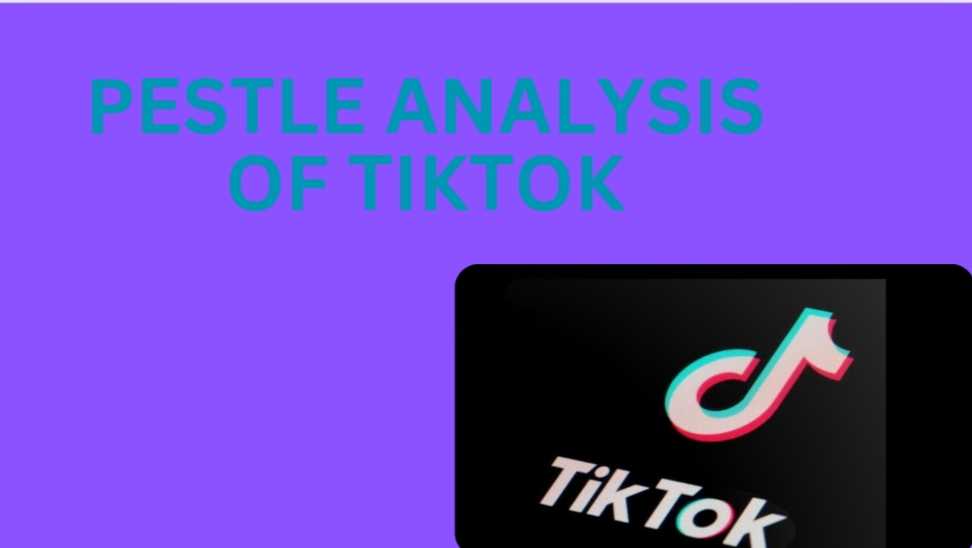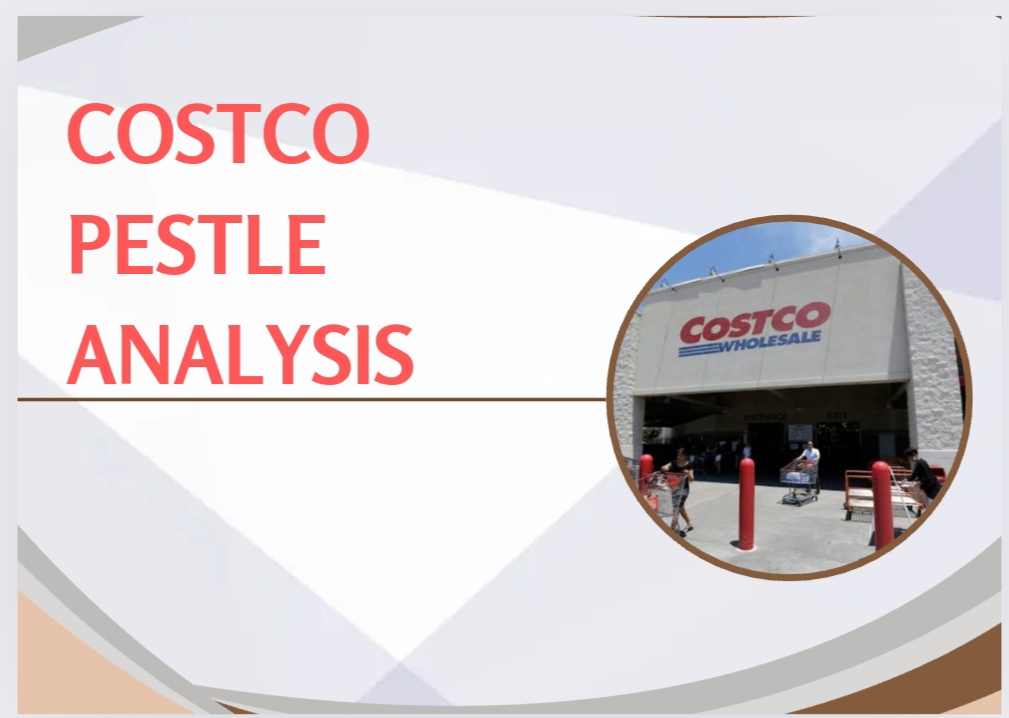BMW’s PESTEL analysis depicts industries in the automotive and motorcycle industries, accounting for factors such as politics, economics, social, technological, ecologic, and legal (PESTEL). As a result, automakers can use these factors to formulate their strategies in order to address opportunities or threats. As a result of the external factors considered in this PESTLE analysis, BMW has opportunities to grow its business. To deal with the threats posed by these PESTLE factors, the company must enhance its business performance and strategy. BMW’s PESTEL/PESTLE analysis indicates opportunities and threats for growth and development.
Based on BMW’s Five Forces analysis, this PESTEL analysis examines the competitive environment. As well as competing with Ford, General Motors, Toyota, Tesla, and other automakers, the company also manufactures motorcycles, such as Harley-Davidson. As a result of the PESTLE analysis, BMW and its competitors are affected by these external factors.
Introduction of BMW
There are many BMW dealerships around the globe, and the company is one of the top car manufacturers in the world. This German brand is known for its luxury cars and is one of the most important players in the global automotive industry. Mini and Rolls Royce are two more luxury brands owned by the company. As the market leader in automotive technology, BMW is trying to integrate more advanced technology into their cars.

Technology plays a major role in the current automotive industry. Brands have therefore become driven by innovation. Based on the PESTEL model, it is possible to identify the external factors that have contributed to the positioning of the BMW brand. The following are some basic facts about BMW:
Overview of BMW
| Company Name: | BMW (Bayerische Motoren Werke AG) |
| CEO: | Oliver Zipse |
| Company Type: | Automotive manufacturer |
| Year Founded: | 7 March 1916 |
| Employees: | 118,909 (2021) |
| Annual Revenue: | 131,607 million USD (2021) |
| Founder: | Camillo Castiglioni, Franz Josef Popp, Karl Rapp |
| Area Served: | Worldwide (except Russia) |
| Headquarters: | Munich, Germany |
| Operating Income: | €16.060 billion (2021) |
Why PESTLE analysis is important for BMW
We need to look beyond BMW’s financial reports in order to fully understand what influences its success.
An analysis of PESTLE breaks down the forces that shape the business environment of a company into Political, Economic, Social, Technological, Legal, and Environmental factors. These factors can help us see how BMW is navigating challenges like emissions regulations, changing consumer preferences, and technological shifts, while at the same time capitalizing on opportunities like the development of electric vehicles.

We gain a greater understanding of how BMW maintains its competitive edge under external pressures by analyzing the broader picture.
Following is an in-depth analysis of BMW’s PESTLE factors, covering their impact on its operations, strategy, and future prospects.
A comprehensive look at what truly powers BMW Group’s continued success in a world that is constantly changing will be provided in this BMW PESTLE analysis, which examines how political instability can shake consumer confidence and how technological advancements are driving the future of autonomous vehicles.
Come on, let’s get started!
BMW PESTEL Analysis
In the mobility field, BMW considers itself to be one of the leading companies. Due to BMW’s advanced technologies and sophisticated products, the company has a loyal customer base. Globalization has already made the brand a household name.

There are a number of macro factors that can affect BMW’s business. Using PESTEL BMW, it is possible to see how factors such as politics, economy, society, technology, environment, and law contributed to BMW’s current status.
Political Factors affecting BMW
For the automotive, motorcycle, and transportation industries, this component of the PESTEL analysis evaluates external factors. BMW’s political decisions are influenced by:
As a result of governmental action, BMW benefits from improved transportation systems. Through advanced mobility solutions that match transportation system goals, these governmental policies present opportunities for automakers to grow. A similar effect can be achieved if political support is given to electric vehicles. PESTLE analysis of BMW also finds geopolitical conflicts to be a threat. International trade and automotive sales can be affected by conflicts, for example. This PESTEL analysis is based on these political factors that drive BMW’s business goals for mobility solutions.
Technological Factors
This component of the PESTEL analysis assesses external factors affecting the vehicle market, such as technological trends. Technology influences BMW in the following ways:
PESTEL analysis of BMW illustrates how information technology and smart products are both opportunities and threats. The company can develop cars and motorcycles that are technologically advanced based on these external factors. BMW’s strategic business development can be threatened by these technological factors, which provide IT firms with leverage. PESTLE analyses, on the other hand, consider energy efficiency improvement as an opportunity to improve automotive products. Based on the PESTLE analysis, BMW’s SWOT analysis shows innovation capabilities as a competitive advantage.
Environmental Factors
In this component, we examine external environmental factors and how they affect the auto and motorcycle industries. BMW’s industry environment is characterized by the following ecological factors:
PESTLE analysis of the automotive industry shows that the limited lithium supply poses a threat. BMW’s electric vehicles are affected by environmental factors that affect their material costs and selling prices. A company’s internal combustion and hybrid vehicles may become less desirable as oil prices rise or are unpredictable due to limits on oil reserves. BMW’s PESTLE analysis also considers this external factor as an opportunity. Taking advantage of this ecological trend, the company can strategically grow its electric vehicle sales.
PESTEL analysis, on the other hand, incorporates renewable energy’s increasing availability as an opportunity for BMW to grow its business through operations and product development. In addition to environmental/ecological factors, BMW is also concerned about CSR and ESG issues involving stakeholders.
Economic Factors
An automaker’s industry environment is analyzed through the PESTEL analysis of economic variables and trends. BMW’s business performance is affected by the following economic factors:
The PESTEL analysis of BMW finds that many developing countries have high economic growth. Automotive and motorcycle sales can increase as a result of economic growth. BMW, however, is adversely affected by inflation and oil price volatility. As a result of these threats, market demand for automobiles may decrease in this PESTLE analysis case.
These threats do not, however, preclude the automaker from marketing its products as attractive energy-efficient mobility options. The economic factors identified in this PESTLE analysis can be leveraged by BMW’s generic competitive strategy and its intensive growth strategy to ensure business growth.
Social Factors
Social/cultural trends are one of the external factors that affect the automotive industry in this component of the PESTEL analysis. BMW is affected by the following social factors:
The popularity of electric vehicles is increasing according to social trends. As a result of this external factor, BMW’s PESTLE analysis presents an opportunity. Electric cars, for example, are expected to increase sales for the company. Additionally, BMW has opportunities due to the rising popularity of advanced personal mobility solutions and smart products. These social trends can be met by the company’s mobility products.
This PESTEL analysis case, however, also poses a threat posed by smart products, since technology companies can gain influence over BMW by integrating smart technology into vehicles. In spite of these social factors, the motorcycle and automotive industry still has opportunities. A PESTLE approach to organizational development may be achieved by integrating some qualities related to these social factors into BMW’s business culture (company culture). Using this PESTLE analysis, BMW can also highlight features and benefits that relate to social factors in its marketing mix (4Ps).
Legal Factors
As an external factor in the PESTEL analysis, automotive and motorcycle laws and regulations are examined. BMW is affected by the following legal factors:
There is a risk that BMW’s cars and motorcycles could be restricted as a result of energy regulation. A PESTLE analysis case can also be applied to determining whether protectionist regulations are opportunities for establishing manufacturing or assembly facilities in certain countries or regions, addressing import restrictions, and improving market presence.
Nevertheless, the same legal factor poses a threat to automobile sales. BMW’s PESTEL analysis also examines the possibility of improving its sustainability by enforcing environmental protection laws. The company’s automobiles and motorcycles, however, may be restricted by this external factor. In this PESTLE analysis, BMW’s strategic decisions are influenced by legal factors.
FAQs
BMW’s business performance is affected by the following economic factors:
Developing countries and regions are experiencing high economic growth (opportunity)
Inflation is high in many countries (threat)
Instability in oil prices (opportunity and threat)
In addition to political uncertainty, rising production costs to meet regulatory requirements, exchange rate effects, and price increases in raw materials, the BMW Group currently faces a number of challenges.
Cooling system failure is one of BMW’s most common problems. There are a variety of causes for this, including failures of the water pump, leaks in the radiator, and thermostat problems. A performance vehicle’s cooling system is often subjected to high temperatures and pressures, which leads to these problems.
The following are BMW’s weaknesses:
Low-growth markets are highly dependent on the company.
Some automotive markets have weak distribution.
Some motorcycle markets have weak distribution.
Having a solid brand image for luxury is important to BMW’s marketing strategy. Through focusing on the essentials and prioritizing their customers’ needs and expectations, BMW created a brand synonymous with luxury, performance, and sophistication. Creating a self-guide is the key to building a brand.
High Ownership Costs: Labor and synthetic oil changes are also more expensive. In terms of maintenance, BMWs are at the top of the list. BMWs have a lot of complicated electronics, so when you’re buying a used one, you need to keep that in mind.
Conclusion
There is no accident that BMW Group has been a dominant force in the luxury automotive industry for so many years.
Using the PESTLE analysis, the company demonstrated its ability to successfully navigate a complex web of external forces, ranging from stringent government regulations to evolving technological advances. As a result of BMW’s strong strategy and foresight, it has been able to adapt to these changes while maintaining profitability and innovation.






